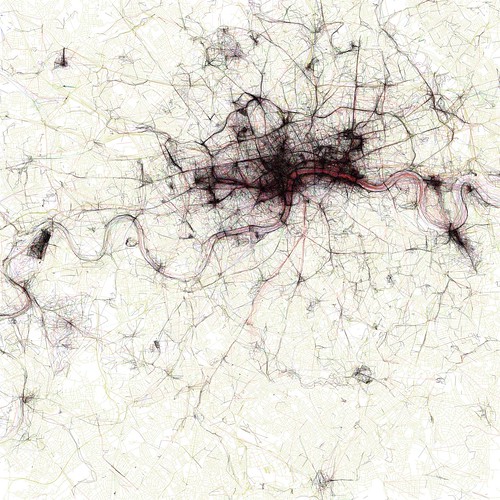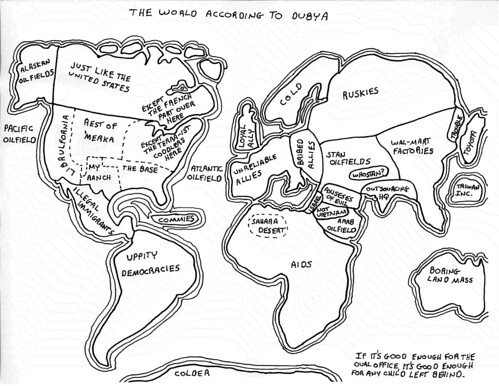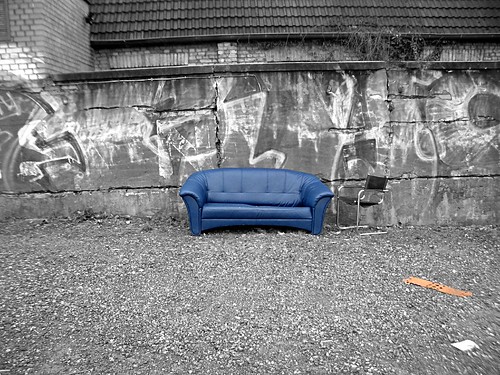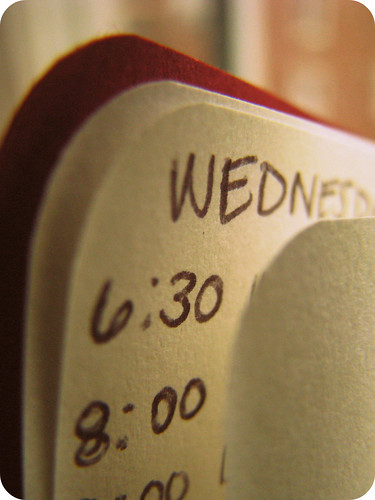Service Suspended On The London Underground (API)
If you build it they will come. Or to put it another way, sometimes demand outstrips supply. After the phenomenal success of the Transport For London Tube API, the London Datastore blog sadly notes:
Owing to overwhelming demand by apps that use the service, the London Underground feed has had to be temporarily suspended. We hope to restore the service as soon as possible but this may take some days. We will keep everyone informed of progress towards a resolution.
In the meantime, if you want to see how it does looks when the API is up and running there's a video clip of Matthew Somerville's recent Science Day hack visualisation over on my Flickr photo and video stream.
 Photo Credits: Martin Deutch on Flickr.
Photo Credits: Martin Deutch on Flickr.








